



Verification methods for soc chips
In today's era of rapid technological development, SOC (System on Chip) chips play a crucial role in electronic devices. However, due to the complexity and high degree of integration of SOC chips, their verification has become particularly critical. Only through effective verification methods can ensure the correct function, performance stability and reliability of the chip.
I. Functional verification
Functional verification is the first task of SOC chip verification. Its purpose is to ensure that the various functional modules of the chip in accordance with the design specifications work properly. Functional verification usually uses simulation methods, through the establishment of the chip's behavioral model, input a variety of test vectors, and observe whether the output results meet expectations.
In the process of functional verification, a variety of verification tools can be used, such as hardware description language (HDL) simulators, formal verification tools, etc. HDL simulators can dynamically simulate the design of the chip, simulating the behavior of the chip under different input conditions. Formal verification tools can mathematically prove whether the design of a chip satisfies specific properties, such as equivalence checking, model checking, and so on.
Performance Verification
Performance verification mainly focuses on the performance index of the chip, such as clock frequency, power consumption, area, etc.. Performance verification usually uses synthesis tools and physical design tools to synthesize and layout and wire the chip's design, and then evaluates the chip's performance through simulation and analysis tools.
In the performance verification process, a variety of performance analysis tools can be used, such as power consumption analysis tools and timing analysis tools. Power analysis tools can evaluate the power consumption of the chip and help designers optimize the power performance of the chip. Timing analysis tools can check whether the timing of the chip meets the design requirements to ensure that the chip works properly under the specified clock frequency.
Reliability verification
Reliability verification is an important part of ensuring that the chip can work properly in various harsh environments. Reliability verification usually includes environmental stress test, life test, fault injection test and so on.
Environmental stress test is mainly to put the chip in a variety of extreme environmental conditions, such as high temperature, low temperature, high humidity, vibration, etc., to observe whether the chip can work normally. Lifetime test, on the other hand, is to run the chip for a long period of time and observe whether the performance of the chip decreases over time. Fault injection test is by artificially injecting various faults into the chip and observing whether the chip can correctly detect and handle these faults.
Fourth, the system verification
System verification is to integrate the SOC chip into an actual system for system-level verification. System verification verifies the compatibility and interoperability of the chip with other system components, as well as the performance and functionality of the entire system.
In the system verification process, actual system platforms, such as development boards and prototype systems, can be used. By running various applications and test cases on the system platform, the performance and functionality of the system are observed to be in line with expectations.
In conclusion, the verification of SOC chips is a complex and arduous task, which requires the use of a variety of verification methods and tools to carry out comprehensive verification from a variety of aspects, such as function, performance, reliability and system. Only through effective verification can ensure the quality and reliability of the SOC chip, and provide strong support for the development of electronic devices.

Please contact us if the source is mislabeled or violates your legal rights.
We will promptly correct and delete, thank you.
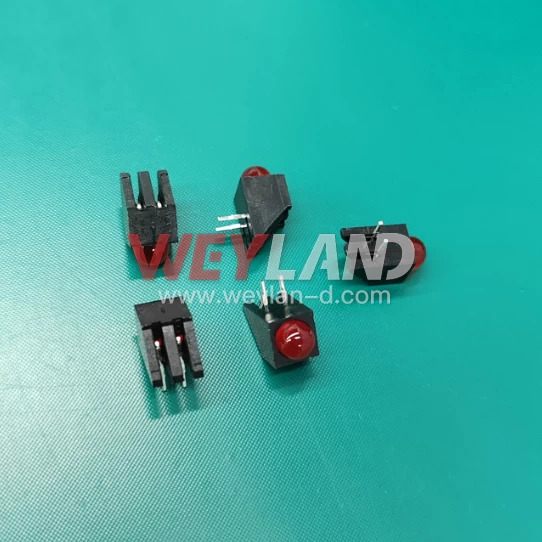
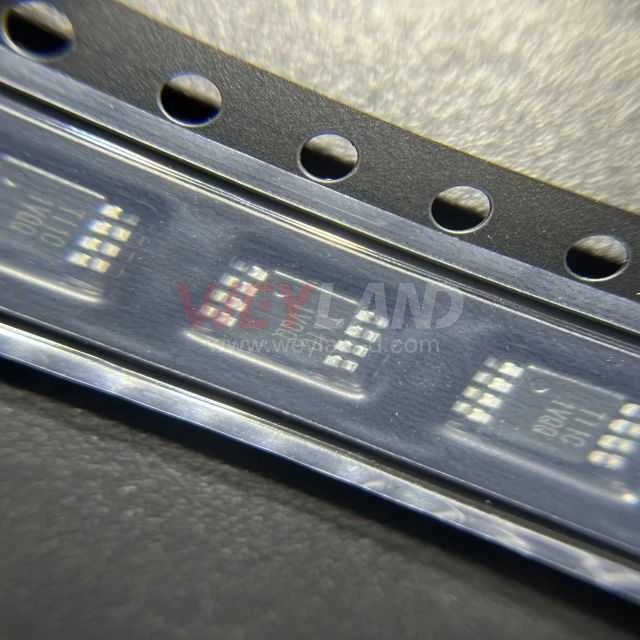
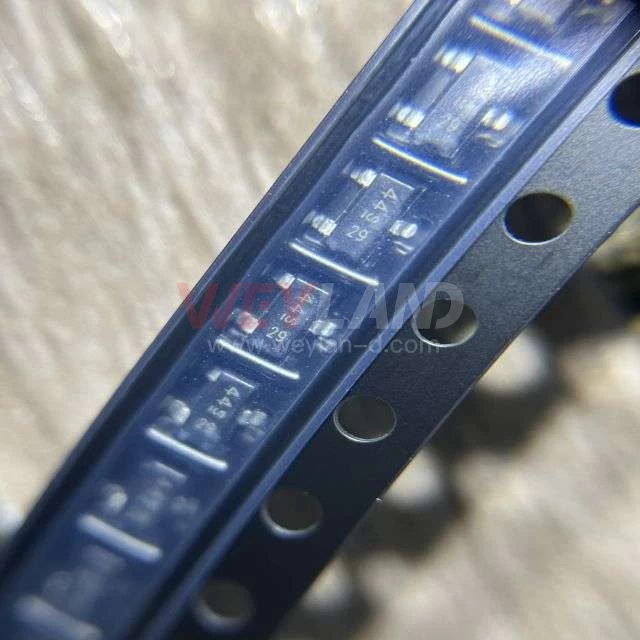
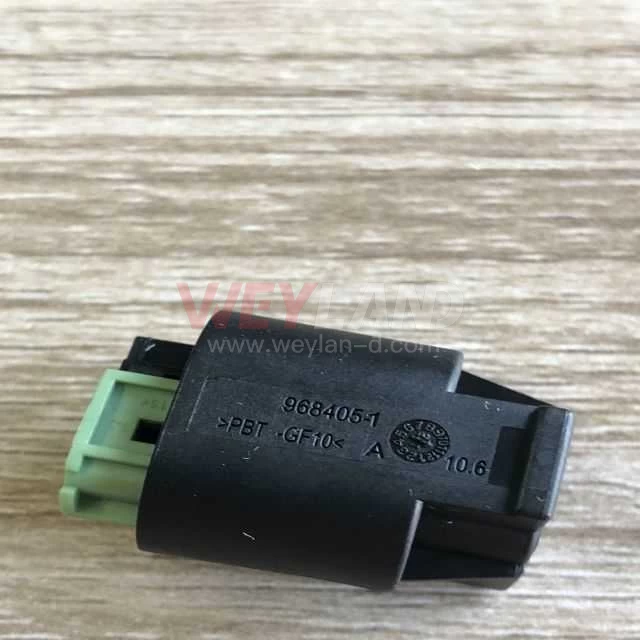
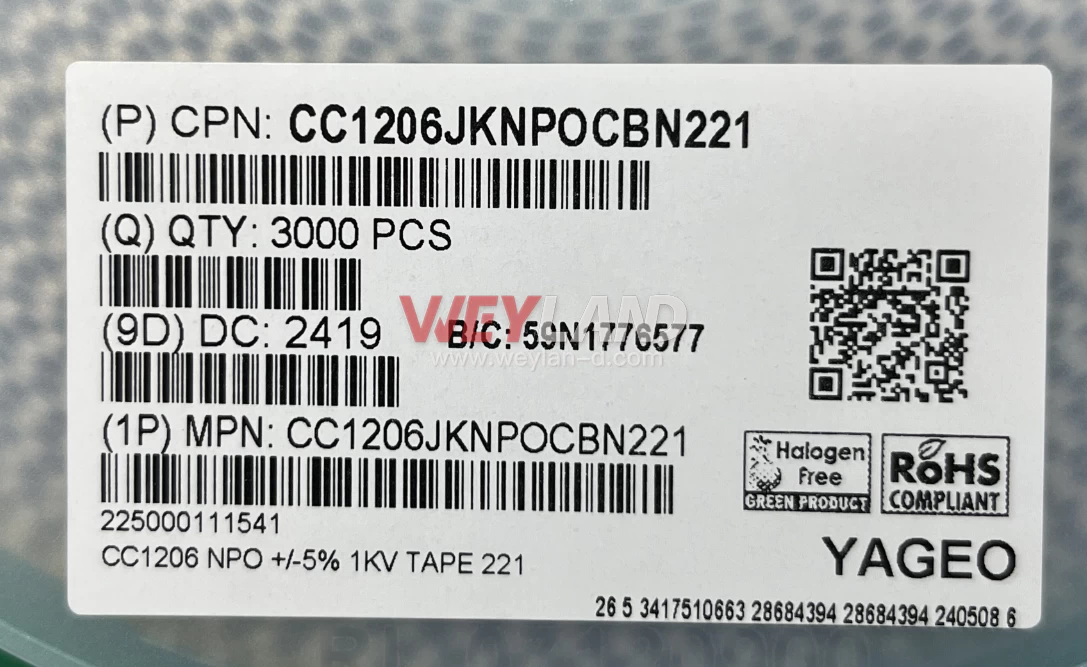




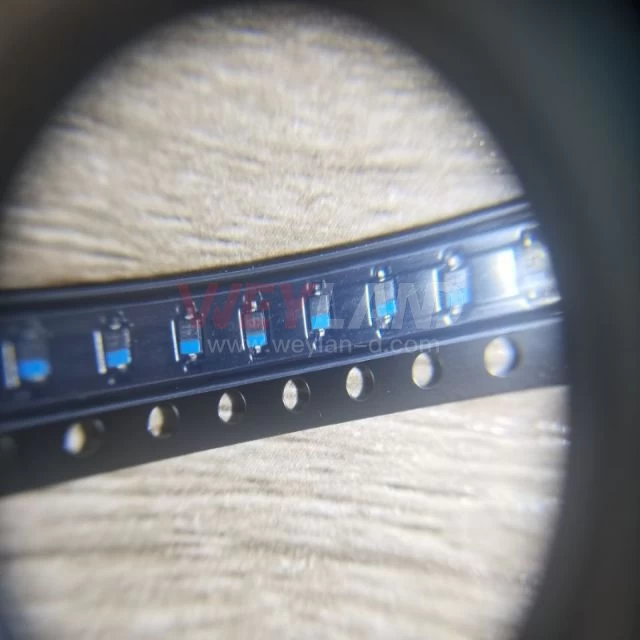
.9246509.png)












[email protected]
7500A BEACH ROAD #04-307 THE PLAZA SINGAPORE (199591)
RM 705.7/F.FA YUEN COMM BLDGNO.75-77.FA YUEN STREET.MONGKOK.KLN.HONG KONG
